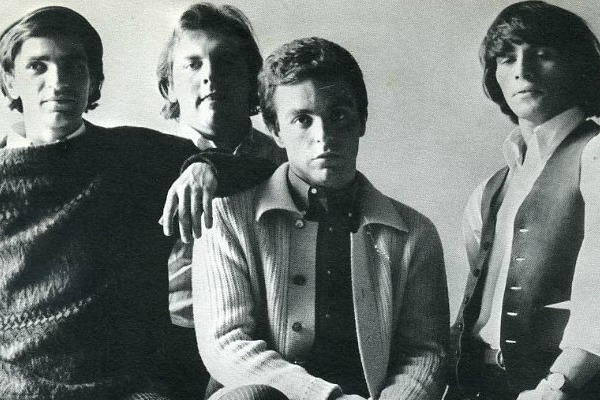The geographical center of the pop music universe was all over the map during the first decade-and-a-half of the rock era. It began in New York, where the old and established music publishers, labels, and studios were located, but it soon moved elsewhere. For a week in the fall of 1968, however, New York City got back to where it once belonged.
Syracuse native Felix Cavaliere had trained as a classical pianist but after he moved to New York, he played with twist sensations Joey Dee and the Starlighters; Canadian guitarist Gene Cornish and New Jersey singer Eddie Brigati were among his bandmates. In 1965, the threesome, with drummer Dino Danelli, formed their own band. They called it the Rascals, but their manager had other ideas, and insisted they be called the Young Rascals. And so they were.
Before 1965 was out, the Young Rascals hit modestly with “I Ain’t Gonna Eat Out My Heart Anymore,” but it was in 1966 that the group’s winning streak truly began. Over the next 2 1/2 years, they would hit the top 20 nine times. Five of those records would do #4 or better, and two would hit #1: if you made a list of the 10 signature singles of the 1960s, you couldn’t leave off “Good Lovin'” or “Groovin’.” “Good Lovin'” is a hybrid of blue-eyed soul and British Invasion energy; “Groovin'” is rivaled only by the Lovin’ Spoonful’s “Summer in the City” as a snapshot of urban summertime, vivid enough to keep the troubled world of 1967 at bay for a couple of minutes.
[youtube id=”Rkgozdtsh_g” width=”600″ height=”350″]In the summer of 1968, the Rascals (whose success had given them sufficient clout to drop the “young”) released Time Peace: The Rascals’ Greatest Hits, which included their most recent smash, “A Beautiful Morning,” and collected their charted hits up to that point. It did not include their latest single, “People Got to Be Free,” but that didn’t matter. Both Time Peace and “People Got to Be Free” became #1 hits. Time Peace interrupted the run of the Doors’ Waiting for the Sun at the top, during the week of September 28, 1968.
But that season was as good as it got for the Rascals. Like many successful artists of the time, they tried expanding beyond the parameters of the three-minute pop single, but succeeding albums failed critically and commercially. Brigati and Cornish soon left the group, although Cavaliere and Danelli continued with other musicians for a while longer.
In the 40 years since the official breakup of the Rascals, they’ve performed together in various combinations, sometimes hitting the road with competing editions of the band. Time Peace has been replaced by other Rascals compilations and is out of print now, but if you’re going to have one Rascals record in your collection, it’s the one to have.






Comments